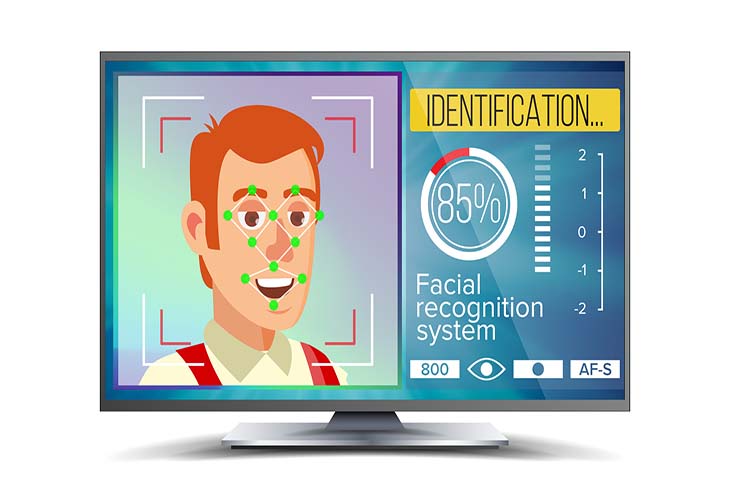Two articles today, one for Visa and one for MasterCard, clearly indicates that biometrics will ultimately be the standard for authentication. So only two questions remain; When and Where? As in When will we be able to utilize biometrics to make a payment and Where will that biometric be stored?
Mercator identified the compelling advantages to biometrics here and published a timetable for broad consumer adoption of biometrics here; which is not the same as identifying when networks will utilize that authentication infrastructure for payments. Payment adoption of biometrics is more difficult to predict because of the complexity of the payment value chain.
This article in Finextra indicates that MasterCard has invested in HYPR and enrolled HYPR in its Start Path Program. HYPR has products that are fully FIDO compliant and while that is not mentioned in this article, one expects that the biometric solution that is “fully distributed” is also FIDO compliant. This is important because FIDO maintains the biometric signature in the handset which eliminates the honeypot of stored credentials that provides significant incentives for criminal activity while also enabling the biometric to be used by other authentication services:
“Coming on the heels of HYPR’s recently announced Series A funding round of $8 million led by RRE Ventures, Mastercard’s strategic investment further enables HYPR’s decentralized authentication solutions to extend into the millions of users across the Mastercard payments ecosystem.
With 30 billion devices connected to the Internet of Things (IoT) by 2020, ensuring they are secure and properly authorized when used to make a purchase is critical. HYPR’s decentralized authentication solution improves security and reduces the risk of an enterprise data breach by putting consumers’ credentials on the device itself instead of in a central database.”
The other article was in ZDNet and evaluates Visa’s security roadmap and its move towards biometrics.
“Visa has lifted the lid on its new security roadmap, focusing initially on biometrics, with Joe Cunningham, Head of Risk for Asia Pacific at Visa, touting the technology as having an important place in the future of payments.
Although the technology is not brand new, Cunningham said it is now at a point where Visa and its ecosystem of banks, merchants, fintech firms, service providers, law enforcement, and cardholders feel comfortable supporting it, as he said certain forms of biometrics have reached a stable and secure level.
“We always expected biometrics to get to a point where they would play an important role in payments, in fact we expected biometrics to play an important role in our lives as we go about our day-to-day business whether it’s accessing buildings, our car, or an online service,” he said.
“So there’s no surprise that payments has been front and centre when it comes to biometric adoption.
‘Everyone thinks of biometrics when they think about payments in the future.’
Overview by Tim Sloane, VP, Payments Innovation and Director of Emerging Technologies Advisory Service at Mercator Advisory Goup
Read the full story here










